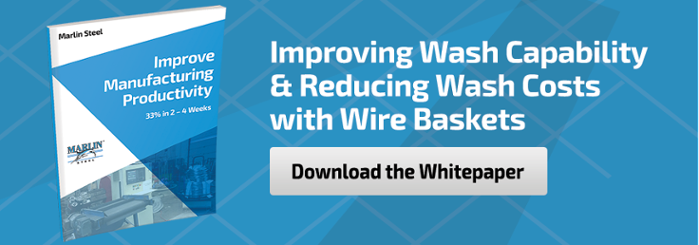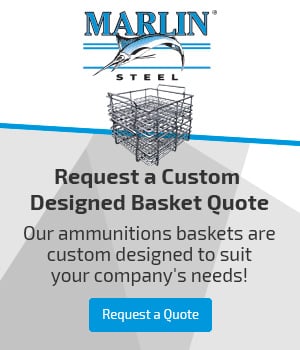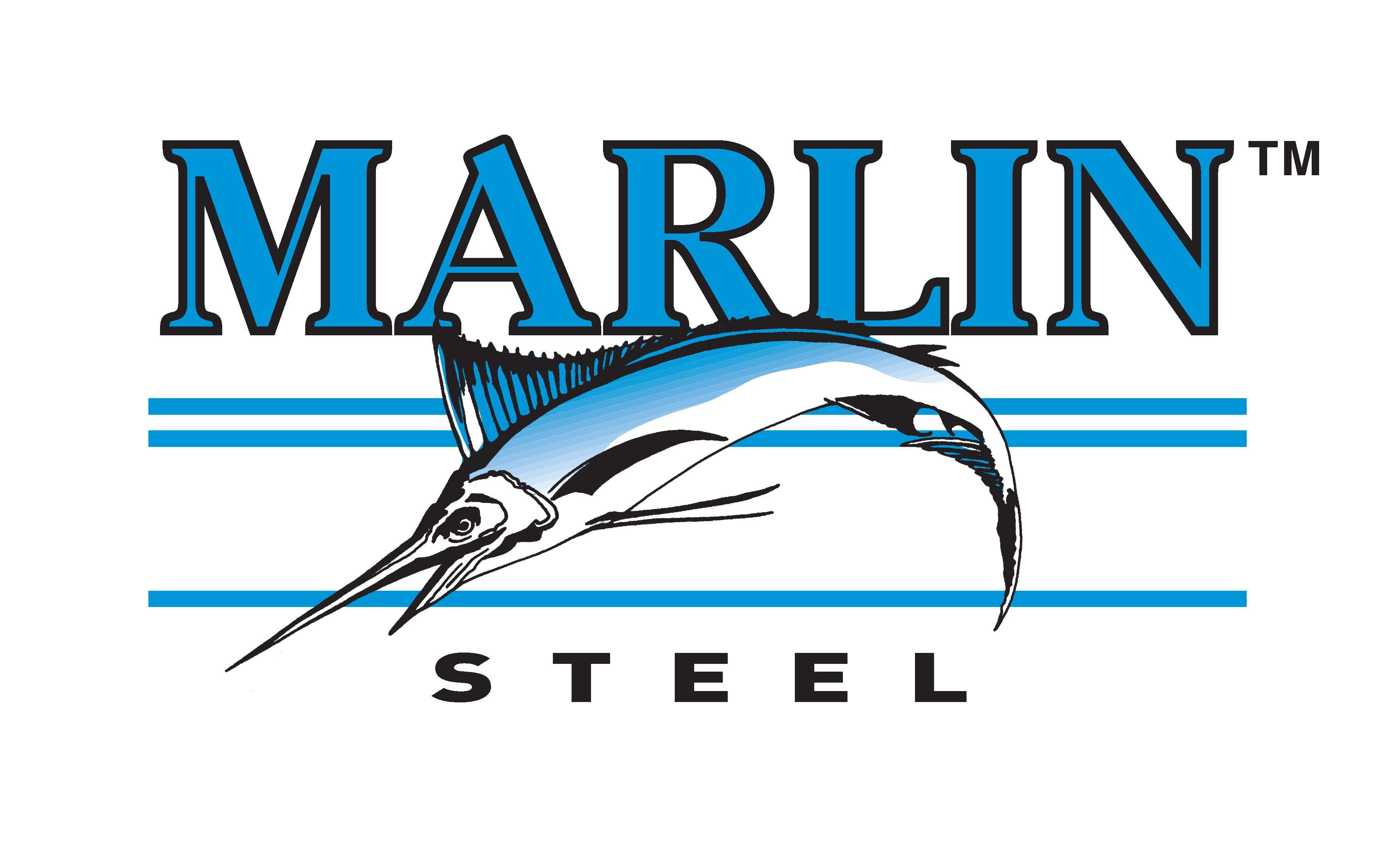How does one track the success of a manufacturing business? How do you tell if you’re heading for success or failure as a manufacturer?
Odds are that you have access to a small mountain of paperwork and information regarding your business. However, there is such a thing as too much information. Many companies have difficulty sorting out what’s important from what’s not simply because there’s so much information to sort through these days.
Knowing which Key Performance Indicators (KPIs) to track helps you focus on what’s most important to keep growing your business’ success, and avoid wasting effort on measures that won’t provide any real benefits.
So, what are the KPIs that you should track to measure success? Here are a few suggestions adapted from the original list by Bottom Line Growth President Carol Coughlin:
Picking Effective KPIs

Before we dive into the list proper, there’s something you should know about how to choose an effective KPI to track: the SMART assessment.
What is the SMART assessment? It is a set of standards established by Bottom Line Growth that states “for KPIs to be effective, they should possess certain attributes.” These attributes make up the initials of the SMART acronym:
- Specific – stating exactly what should be achieved.
- Measurable – there should be a target or means to measure performance.
- Achievable – the KPI should not be challenging, not impossible.
- Realistic – it should be a factor that the manufacturer can control.
- Timely – there should be a schedule for completion, usually with performance milestones.
If you cannot create a standard for the KPI that can be defined, measured, accomplished within reason through an effort by your company, and put to a schedule of some kind, then that KPI might not be worth trying to track.
With this in mind, let’s look at the list of KPIs that manufacturers should be tracking to determine if they’re on the path to success:
KPI 1: Sales
The first KPI on the list is one of the most obvious ones. After all, any company, especially a manufacturer, that isn’t selling products is one that is failing to make money.
However, there’s more to tracking this KPI than your month-to-month sales numbers. There’s also the need to track patterns in your sales over the course of a year to improve production and optimize labor.
For example, some of Marlin Steel’s automotive customers will shut down their production plants for months at a time, meaning that Marlin cannot rely on getting big orders from the automotive manufacturing engineers at those companies during those “down” months of July and August.
Because Marlin tracks this sales KPI, it is possible for the company to prepare for the dry period in sales to these automotive companies and shift focus to other markets. This way, Marlin is able to minimize the impact of these “dry spells” on productivity and sales.
On the other hand, knowing that business from a certain customer segment picks up during certain times of the year lets you add production capacity in anticipation of peak demand so you can make the most out of the busy period and avoid losing business to the competition.
KPI 2: Gross Profit Margins for Each Product Line
Every manufacturer has, or used to have, one or more product lines that have a low profit margin that barely brings in enough money to produce a return on the investment.
By tracking the gross profit margin for each of your product lines, you can identify low-margin product lines. From here, you can either eliminate the unprofitable product line or, if such a line is a “loss leader” item that is used to drum up business, find ways to improve the profit margin for the product line before it can drag down the company’s revenue.
KPI 3: Liquidity of Assets
A healthy business tends to have a high liquidity of its assets, being able to convert said assets into cash on a relatively short notice with little loss in value.
To measure this KPI, keep track of things such as your accounts receivable and accounts payable, or how quickly your clients’ debts to you will be paid, and how much money is owed to your vendors at any given time. Another item to track would be your company’s physical assets, such as production equipment and inventory.
Having an excess amount of money owed to vendors and too many under-performing assets that are hard to convert can be a sign of potential risks to the company’s financial well-being.
KPI 4: Employee Productivity
How much work are you getting out of each employee per hour? As mentioned in KPI #1, adding labor to cover busy periods can be a good thing for ensuring consistency in meeting production goals. However, having excess labor sitting around twiddling their thumbs on the clock is a less than ideal situation for any company.
This is why it’s important to take a close look at your labor hours used per week and the level of output from your production lines in correlation to the labor used. This can help you identify less productive elements in your manufacturing line that might be costing your company excessive amounts of time and resources.
KPI 5: Cash on Hand
Making sure that you have cash on hand to run the company is the most important KPI for any business owner, especially in the manufacturing industry. Why? Because, without capitol, a manufacturer cannot pay labor, basic bills (such as electricity or the lease), or acquire the raw resources needed to make products.
A manufacturer without cash on hand to pay these expenses is a manufacturer that will soon be unable to do business.
KPI 6: Debt Covenants
Business loans are frequently made for enormous sums of money, making them a large risk factor for the banks that make these loans. Since the risk is so large, many banks might impose a debt covenant on borrowing businesses that have taken out loans which need to be closely monitored.
Keeping track of any debt covenants you might be engaged in is critical to avoiding business credit issues later on. If you become aware of a potential problem, communicate this to the bank ahead of time and try to find ways to come to a cooperative resolution. Taking care of the responsibilities outlined in your debt covenants can help you prevent conflicts with the bank later on.
KPI 7: Intra-Industry Comparisons
One highly effective way to see if your business is on the right path is to take some time to compare it to other manufacturers in your industry or market segment. Here, it is important to highlight both good and bad differences so that you can see what is working for your company and what you could be doing more effectively.
For example, Marlin’s revenue produced per square foot of floor space is consistently higher than that of the competition because of Marlin’s lean manufacturing practices that reduce wasted factory space.
KPI 8: Operational Considerations Unique to Your Market
In addition to the above seven KPIs, there are other performance indicators that might be unique to your company’s particular market. Take a close look at your operations and find the KPI that is most important to your operations to fill this last spot in your list.
When choosing a KPI for this eighth slot, consider whether or not the KPI is SMART (specific, measurable, achievable, realistic, timely). If it isn’t SMART, consider choosing another performance metric to track.
By choosing the right key performance indicators to track for your manufacturing business, you can find out if you’re headed in the right direction, or if you need to enact some course-correction measures to stay ahead of the competition.



.gif)


